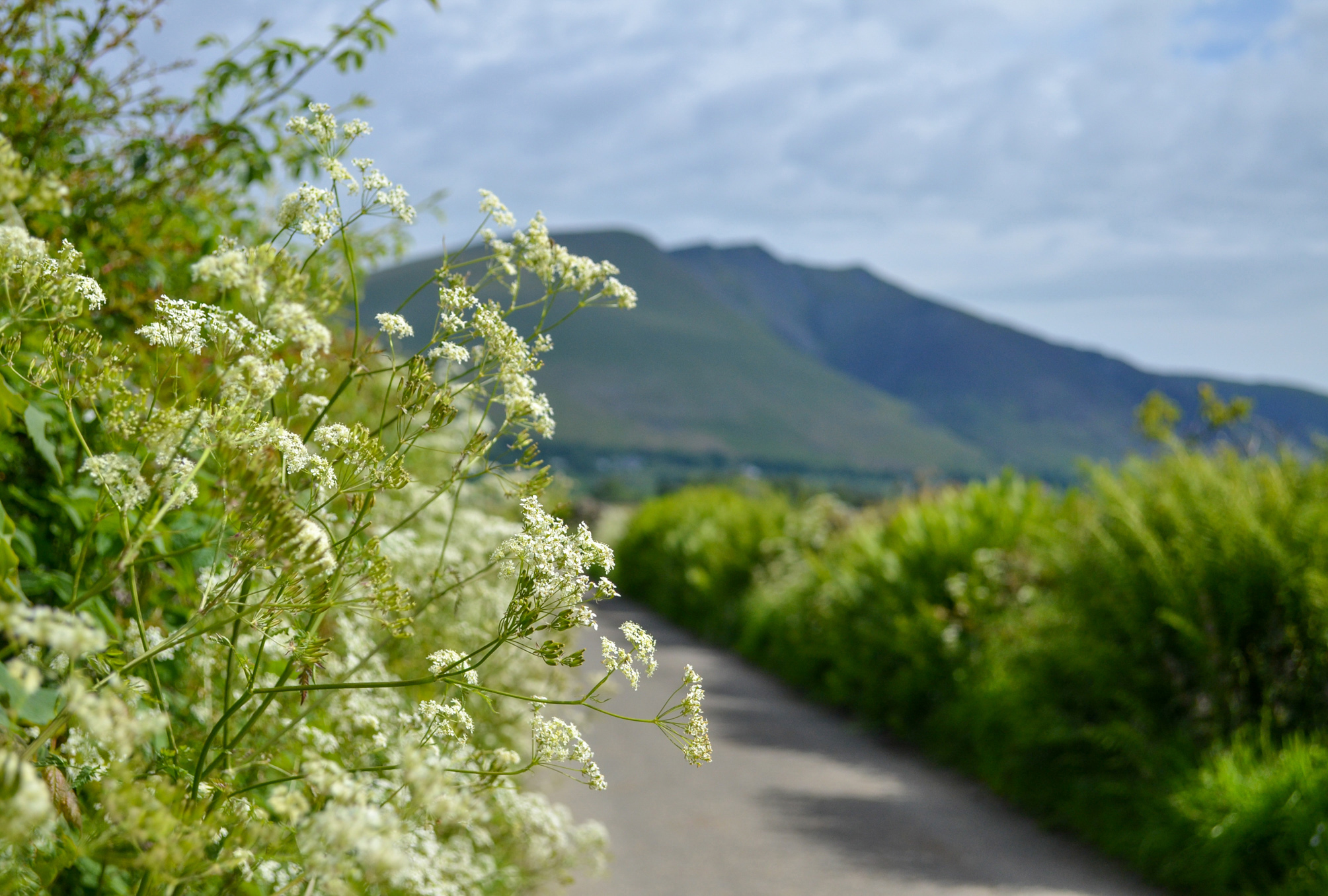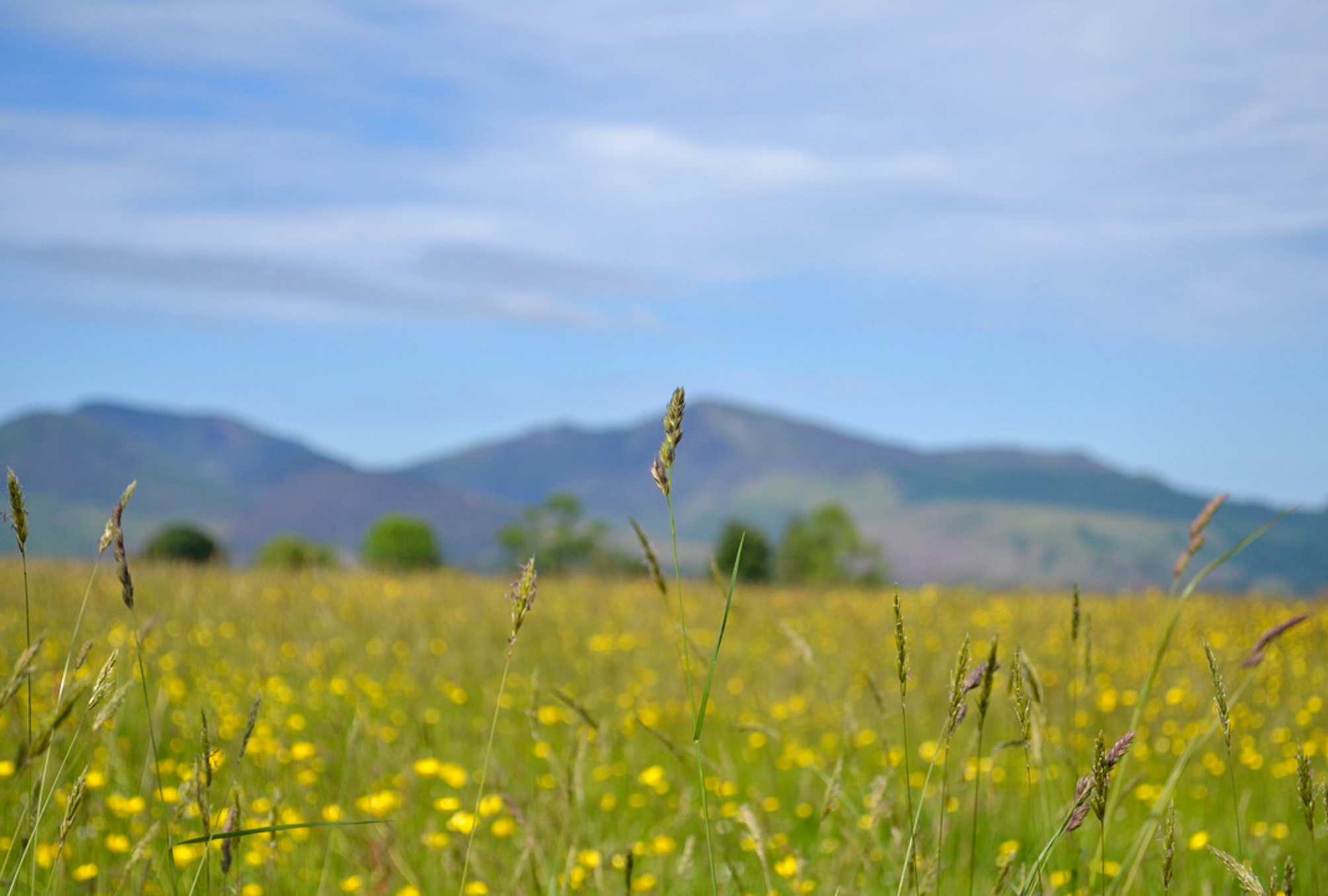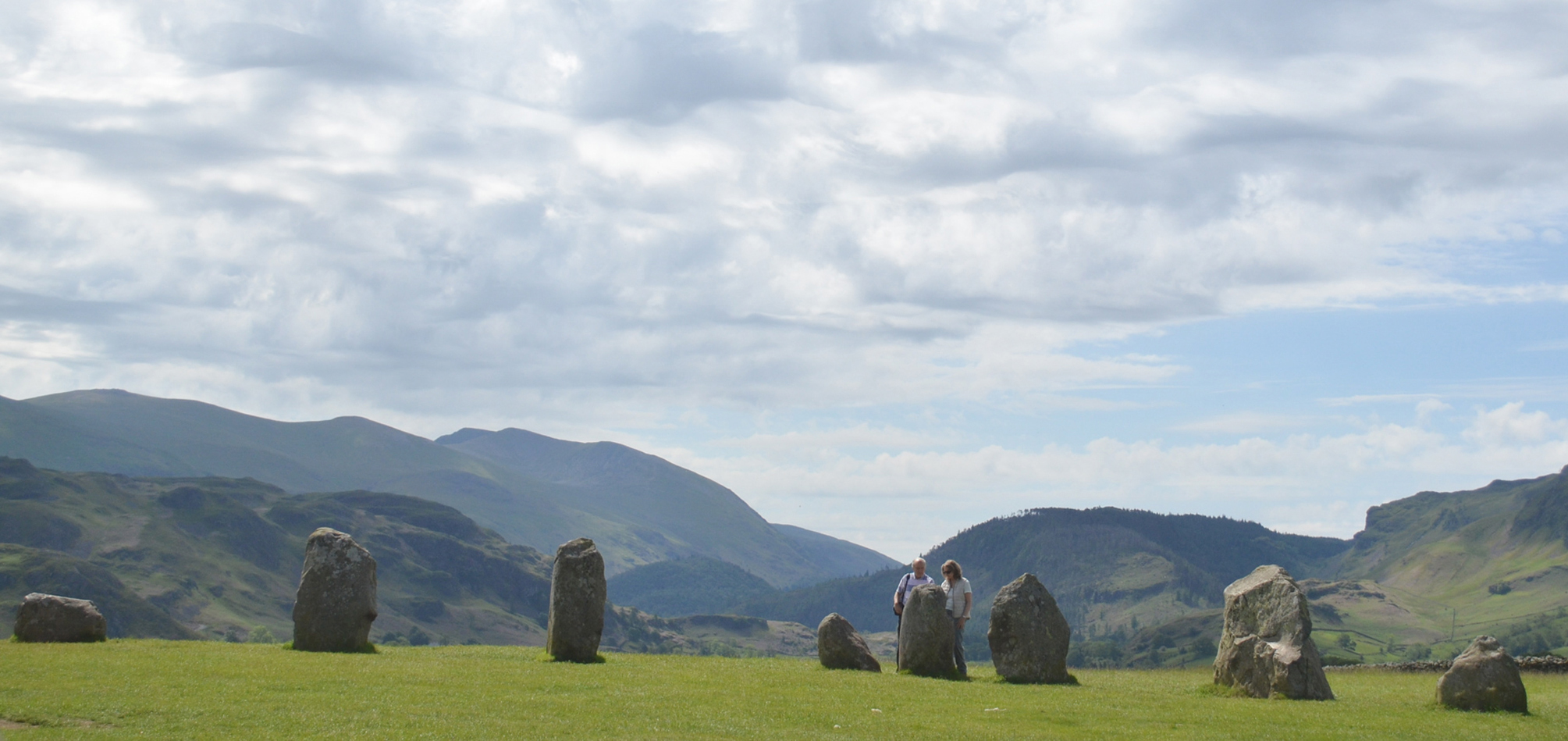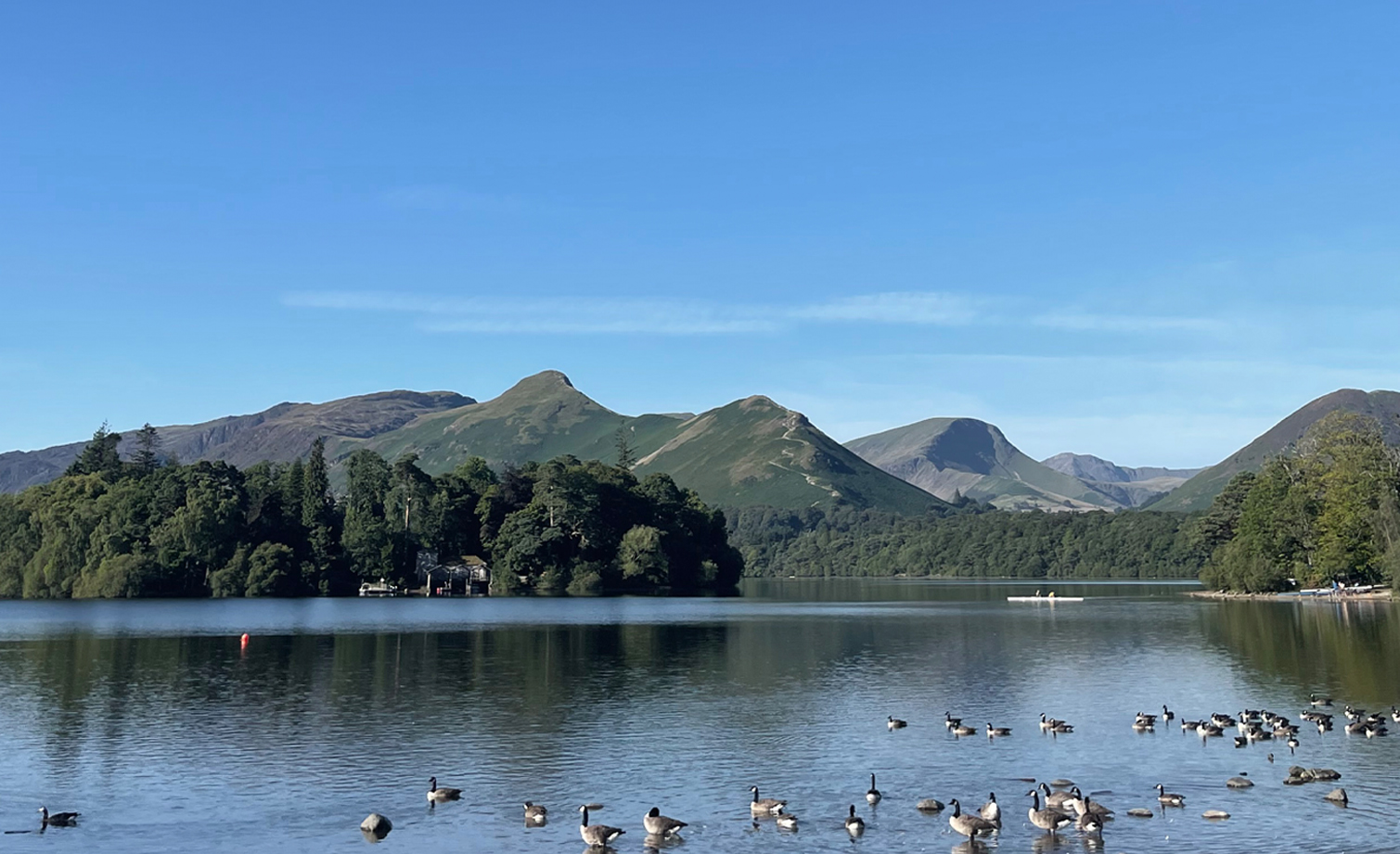On the 21st of June at 4.39am, the sun begins to rise behind the towering mountain of Blencathra on the northern fringes of the Lake District, casting warm rays of sunlight over one of the oldest stone circles in Britain.
It’s the first day of astronomical summer.
Castlerigg is set a few miles from the town of Keswick. Created in the Neolithic era, it is one of the earliest stone circles to be erected from local volcanic rock in around 3000 BC. Mystery and theory surround the reasons behind Castlerigg’s creation from a meeting place, to a marketplace, a religious site or even an astronomical observatory due to the positioning of the stones in relation to the sunset and sunrises at each of the solstices (which have also been mooted as purely coincidental or symbolic).
In the 19th century, the remains of three Neolithic stone axes made in nearby Great Langdale were recovered from the site supporting a theory that the circle could have been used for rituals and ceremonies to take place for the trading of axes.

A few hours after the significant sunrise, forgoing the popular road and footpath route that climbs up from the main bustling streets of Keswick, I take the bus heading south and jump off at the brow of the hill before the bus descends towards Thirlmere.
Turning off the main road, the lane is framed on either side by clouds of cow parsley dancing lightly in the summer breeze, a stark contrast to the angular view of mountains in the distance. To my left, a field of buttercups provides a sunny view back down to the town and across to Bassenthwaite lake.

Further down the lane, a few stones jut out of the dry stone wall to my right making a natural stile into the neighbouring field. Upon climbing over, I catch my first sight of the stone circle. Like an amphitheatre in the centre of the iconic Lake District landscape, each view surrounding the 38 stones is met with a different dramatic backdrop.
To the south beyond the rolling hill of High Rigg, the lofty Helvellyn range. To the north, the unmistakable triangular peak of Skiddaw and to the west the geometric Grisedale Pike and Coledale Horseshoe.

Stonehenge might be England’s most famous stone circle, but Castlerigg certainly has one of the most striking locations.
Stepping into the centre of the circle feels akin to entering a gladiator’s ring, each of the mountains taking guard. An aura and energy of grandeur surrounds each of the silvery stones. Clustered around the eastern corner is a group of 10 stones that create a rectangular inner circle, known as the “sanctuary’, which may have been added at a later date.

The word solstice is derived from Latin – sol meaning ‘sun’ and sistere meaning ‘to stand still’. A moment of inertia before the second half of the year and the return of the darkness, little by little. After over 17 hours of daylight, the sun will set later this evening at 9.53pm.
I look for a quieter corner in the field away from the tourists capturing the moment and memories on cameras. The summer grasses have been left to grow long and wild, softening the mountain scene.
I take a moment to be still, to pause and reflect on what life would have been like thousands of years ago when the stone circle at Castlerigg was built and the radical contrast to our lives today.
Rebecca is a writer and hillwalker based in Ambleside, find her on Instagram at @lookwithneweyes and at www.lookwithneweyes.com.





